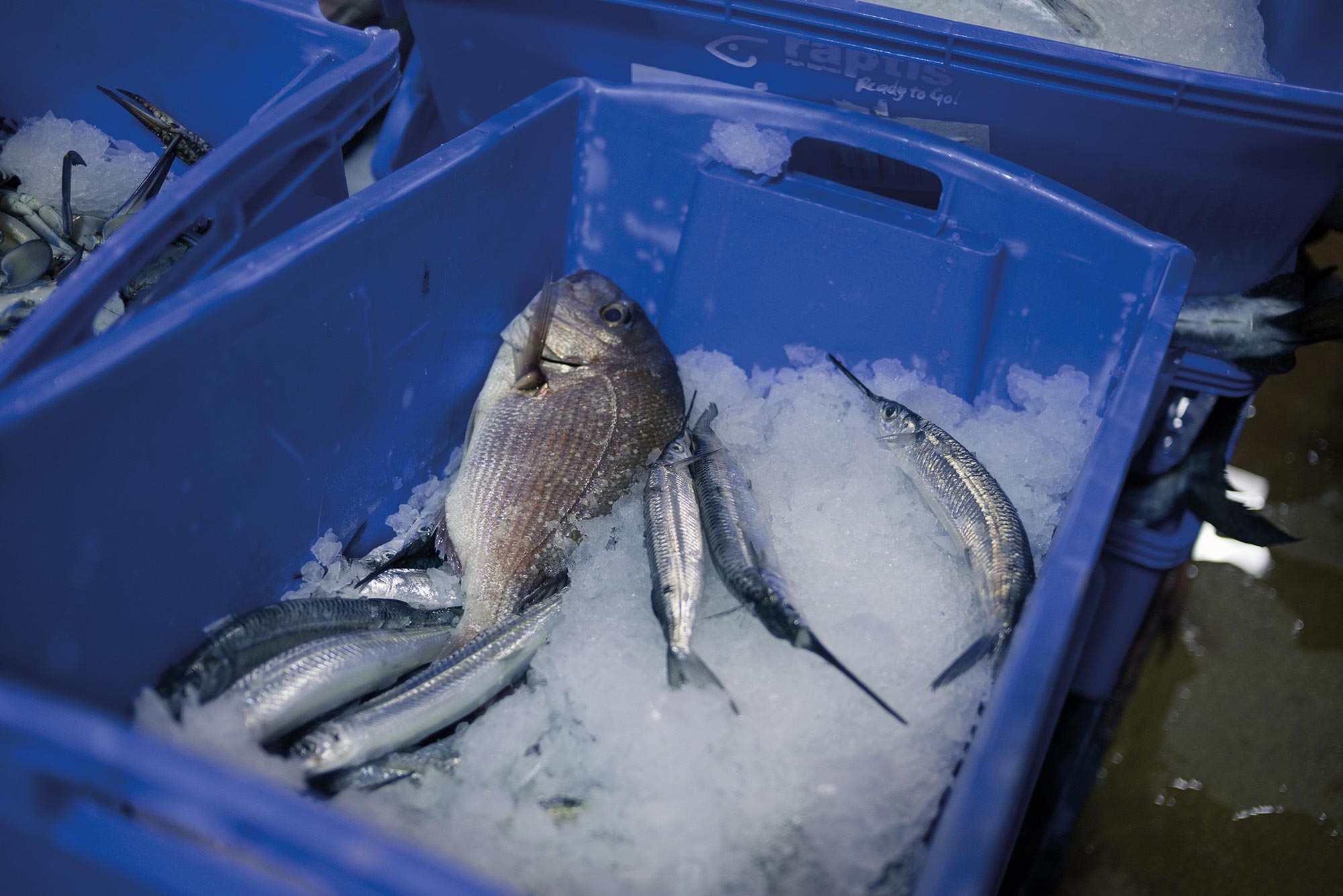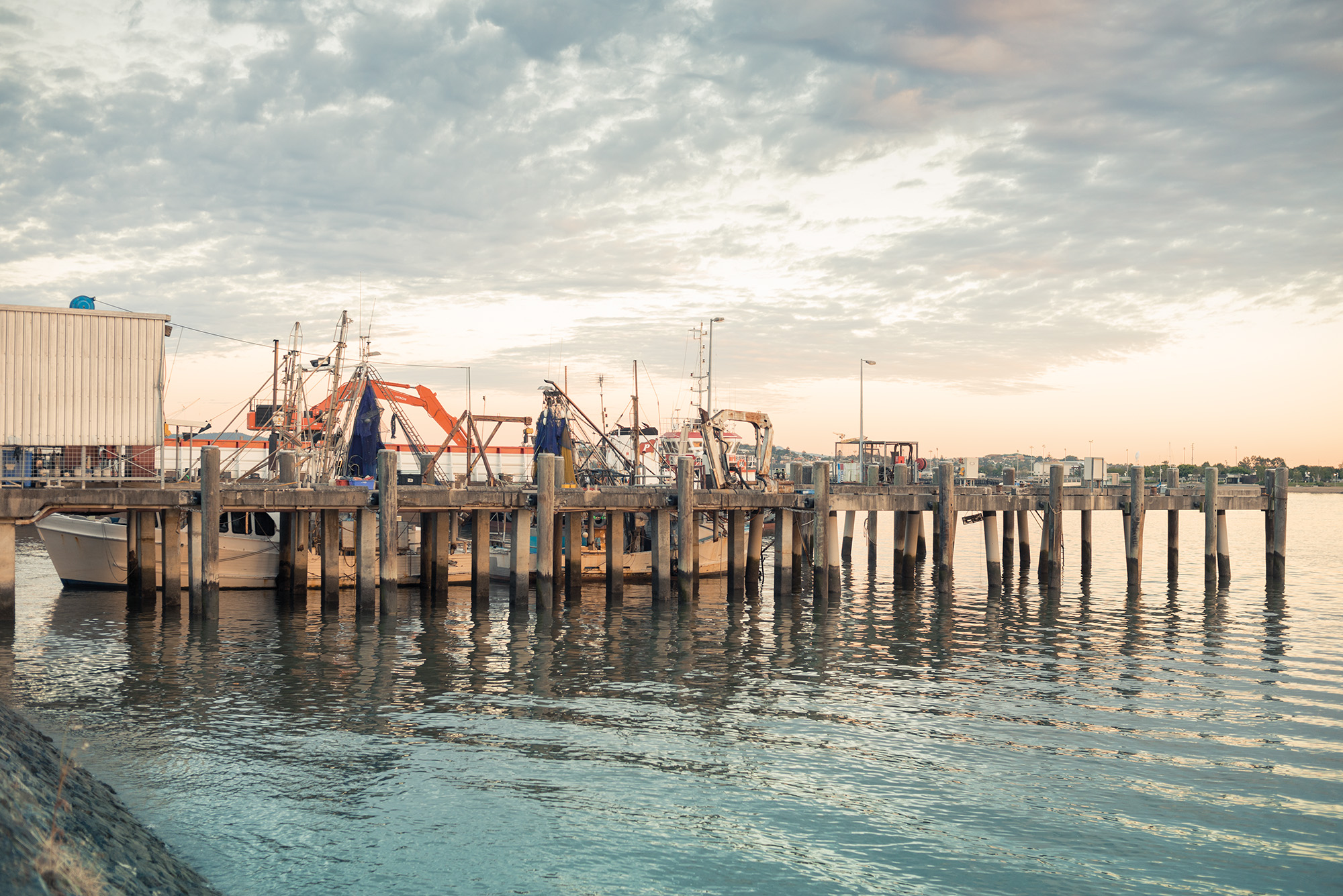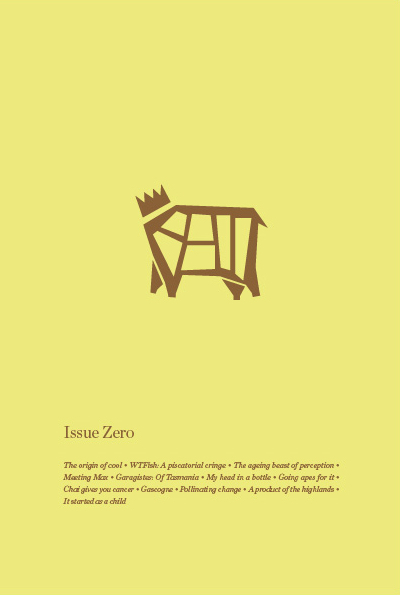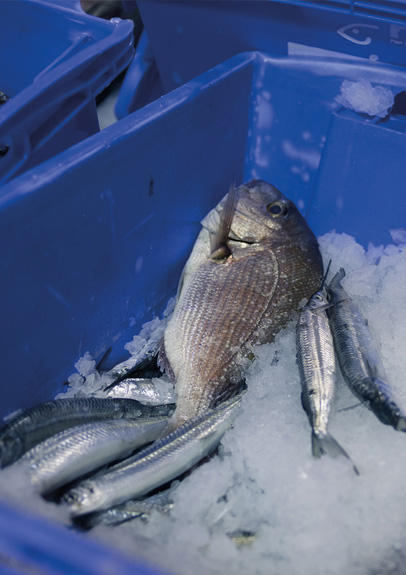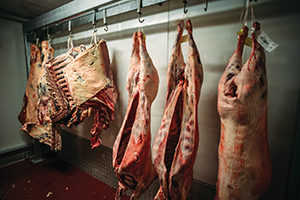The next day back at work I called the restaurant. Not something I would regularly do, but I couldn’t let it slide. The chef wasn’t in but I left a message with the receptionist: ‘Hi, I ate at your restaurant last night. I’m not really making a complaint but just to let you know, as someone who thinks a fair amount about sustainability issues, it is very evident to me that you guys don’t.’ I made an offer to chat with their chef and left my number but to be honest I expected that to be the end of it.
It was to my surprise and his credit that very soon a perfectly nice guy with an English accent phoned me back. Let’s call him James. By his own admission he had comparatively little knowledge of our local fish but was obviously interested in learning more. Retrospectively, I’m not proud to tell you that I let him have it with all the ‘born again’ self righteousness I could muster. ‘The only local fish you have is swordfish and that is overfished, your orange roughy is probably over 100 years old and from a very slow-growing and venerable population.’ I went on and on.
‘‘… as someone who thinks a fair amount about sustainability issues, it is very evident to me that you guys don’t.’’
There was no chance to give him one single constructive comment, the poor bastard, and I naturally never heard from him again. In all fairness what I should have done, but at the time did not, was tell him that my very own menus had offered a similar lineup only a handful of years prior. Hell, as a young chef in the early nineties I was living in Innisfail (arguably the coral trout capital of Australia) and writing menus with atlantic salmon from Tassie because according to the Gourmet Traveller it was the latest great thing and like many young chefs I wanted to be doing the same as all the other cool chefs.
One of the things James said to me during that schooling I gave him was something I already knew. Where fish choice is concerned our menus are constantly driven by consistent supply. Chefs want to write menus that contain fish they know they can get tomorrow, next week or even next month. While logistically understandable, when the industry is so often dictated by terms and phrases like ‘locavore’ and ‘paddock to plate’ why is there almost no mention ever of ‘bay to bistro’. In south-east Queensland that requirement for consistent supply has led to a situation where the fish represented on our menus are largely from somewhere else. ‘Snapper’ could be pinky snapper imported from New Zealand or goldband snapper from the Territory. Then of course there is atlantic salmon from Tassie or New Zealand while your barramundi could be from Queensland, but is just as likely to come from Western Australia, and on top of that it could be farmed or wild and you may be none the wiser.
‘‘… I let him have it with all the “born again” self righteousness I could muster.’’
So where’s our local catch? In the case of our local mackerel I was chatting to a fisherman in the market the other day and the conversation went something like this. ‘Mate, I only send my fish to the local market if I get less than 100 kilos and it’s not worth my while sending it south; Melbourne and Sydney will pay more.’ The situation is even worse than that. If the market price crashes down there, then guess what—those fish are just as likely to get put on a truck and sent back up here to try and get a better price. The situation is ludicrous.
It’s as if we have been duped into believing our fish from nearby are somewhat under par. Mackerel is the perfect example. There is a public misconception that mackerel is a dark, oily and ‘fishy’ tasting fish. This is true if you live in Victoria or Tassie because your local blue mackerel is like that (very similar to the atlantic variety of the northern hemisphere). Mackerel from Queensland, however, (grey, school, spotted and spanish) are white fleshed and mild in taste. Sometimes these kinds of false understandings make me wonder if there is in fact some kind of conspiracy going on.
The truth is that in Queensland we have countless excellent eating fish: mackerels, wahoo, cobia, bonito, mulloway and threadfin are just a few. There are even species of mullet that are eminently suitable for even the very best of menus. By and large, however, these fish are caught by local small-scale fishermen and that usually represents a more sustainable outcome. To me our current preferences for ‘foreign’ fish represent some kind of cultural cringe where we believe our own local fish are somehow not ever as good as everyone else’s.
It’s time to get over it. If you are a chef, go and develop a better relationship with your fishmonger. Tell them you want to learn more about your local fish. If issues like sustainability are important to you, then tell them. If you can’t trust them, find another one. When they tell you a fish is good, believe them—or at least give it a go. Make your menu more flexible so you can opportunistically take advantage of the best fish available. Make the effort to get to know your local produce.
If you are a customer then open yourself up to trying new fish. Ask your waitstaff about them and where they come from. You may get a blank stare first of all, but switched-on waiters will only let that happen once. Most importantly, trust your chef—they are not going to sell you crap, it is their entire job to impress and satisfy you, and why wouldn’t they?
It’s been over a year since my chat with James and since then I’ve learnt and am still learning a lot. In many ways Betterfish is a direct outcome of that phone call and my associated shortfall. I suppose I have now grown up a fair bit, and rather than directing my efforts towards berating chefs who do not provide a product in line with my views, I spend an increasing amount of time helping chefs all over to explore a wider range of seafood options, with a much more helpful and far less paternal outlook.
I guess, at the end of the day, what I am really saying is—James, if you read this, I am sorry, give me a call, I promise this time I will be gentle.
